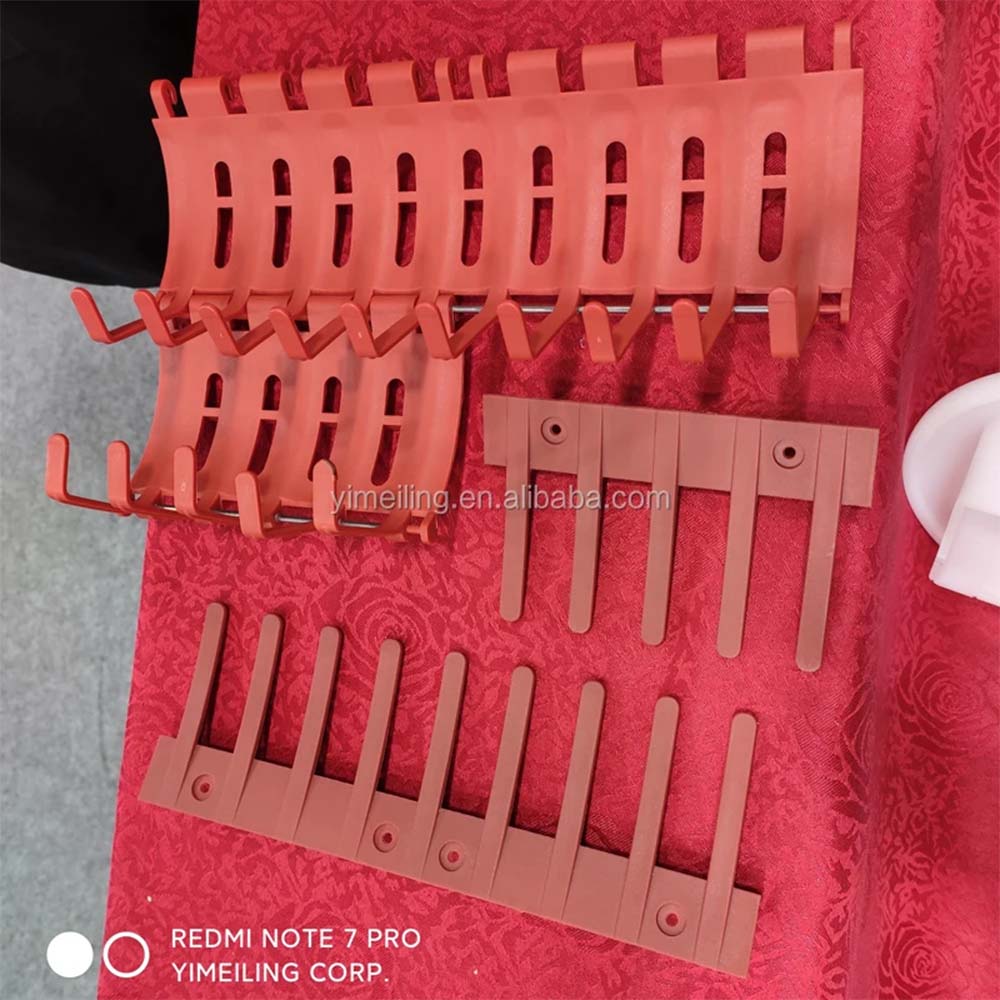Top Suppliers for Evaporative Cooling Pads and Their Features and Benefits
Jul . 27, 2024 16:50 Back to list
Top Suppliers for Evaporative Cooling Pads and Their Features and Benefits
Exploring Evaporative Cooling Pad Suppliers A Guide for Consumers
As the demand for energy-efficient cooling solutions grows, evaporative cooling pads have emerged as a popular choice for both residential and commercial applications. These pads are designed to enhance the cooling effect in evaporative coolers, providing a cost-effective and eco-friendly alternative to traditional air conditioning systems. In this article, we will explore the role of evaporative cooling pad suppliers, the types of products they offer, and how to choose the right supplier for your needs.
Understanding Evaporative Cooling Pads
Evaporative cooling pads work on the principle of water evaporation. When warm air passes through the wet pads, the water absorbs heat, resulting in cooler air being released into the environment. This method is especially efficient in dry climates, where the humidity level is low, making it an ideal choice for homeowners and businesses looking to reduce energy consumption while maintaining comfort.
The Role of Suppliers
Evaporative cooling pad suppliers play a crucial role in making these cooling solutions accessible to consumers. They provide a variety of products, including different types of cooling pads made from materials such as cellulose, synthetic fibers, and aspen wood. Each material has its unique properties, influencing factors like cooling efficiency, durability, and maintenance requirements.
Potential customers benefit from suppliers that offer an array of options, allowing them to choose pads that best fit their cooling systems and specific needs. Furthermore, reputable suppliers often give detailed product specifications, installation guides, and maintenance tips, helping consumers make informed purchasing decisions.
Types of Cooling Pads
There are primarily two types of evaporative cooling pads rigid and flexible.
1. Rigid Pads Made from materials like cellulose, rigid pads are renowned for their high cooling efficiency and long lifespan. These pads are designed to withstand wear and tear and have a high evaporation rate, making them ideal for high-demand settings.
evaporative cooling pad suppliers

2. Flexible Pads Typically made from synthetic materials, flexible pads are easier to handle and install. They are often used in smaller cooling units or portable systems. While they may not offer the same cooling capacity as rigid pads, they can be suitable for less demanding environments.
Choosing the Right Supplier
When selecting an evaporative cooling pad supplier, several factors should be considered
1. Product Quality Look for suppliers that offer high-quality products thoroughly tested for performance and durability. Reading reviews and asking for recommendations can help in identifying trustworthy suppliers.
2. Range of Products A good supplier should have a wide selection of cooling pads, catering to different sizes, materials, and styles. This ensures consumers can find a suitable option for their specific cooling needs.
3. Customer Service Excellent customer support is vital, especially when dealing with installations or troubleshooting. Prioritize suppliers who provide clear communication, prompt responses, and helpful resources.
4. Pricing While cost should not be the sole factor, comparing prices among various suppliers can help ensure you're getting a fair deal. Keep in mind that the cheapest option may not always be the best in terms of quality and performance.
5. Warranty and Returns A solid warranty indicates that the supplier stands behind their products. Check the return policy as well, as this can provide peace of mind in case the product doesn’t meet expectations.
Conclusion
Evaporative cooling pads are an increasingly popular choice for maintaining comfort in various settings. By understanding the products offered by different suppliers and evaluating those suppliers based on quality, range, customer service, pricing, and warranty options, consumers can make informed decisions. With the right cooling pad and supplier, you can enjoy a cooler, more comfortable environment while also benefiting from energy savings and environmental sustainability.
-
Automatic Feeding Line System-Pan Feeder Nipple Drinker|Anping County Yize Metal Products Co., Ltd.
NewsJul.29,2025
-
Hot Sale 24 & 18 Door Rabbit Cages - Premium Breeding Solutions
NewsJul.25,2025
-
Automatic Feeding Line System Pan Feeder Nipple Drinker - Anping County Yize Metal Products Co., Ltd.
NewsJul.21,2025
-
Automatic Feeding Line System Pan Feeder Nipple Drinker - Anping County Yize Metal Products Co., Ltd.
NewsJul.21,2025
-
Automatic Feeding Line System - Anping Yize | Precision & Nipple
NewsJul.21,2025
-
Automatic Feeding Line System - Anping Yize | Precision & Nipple
NewsJul.21,2025






